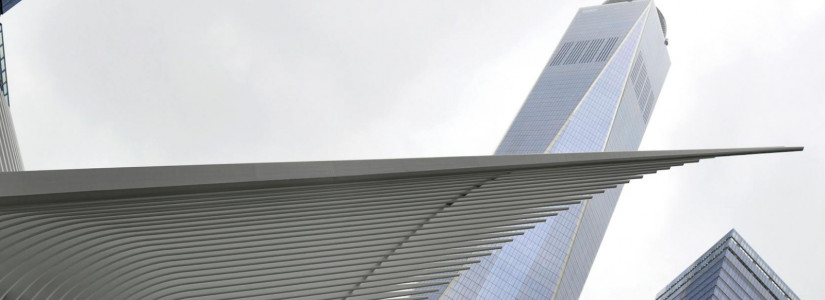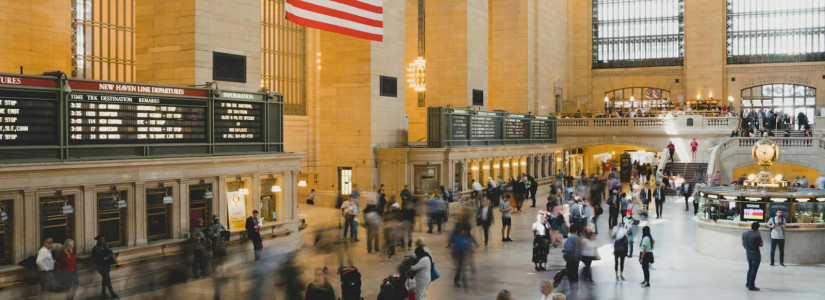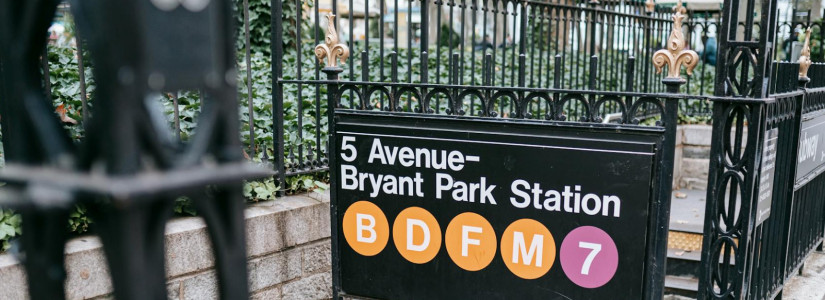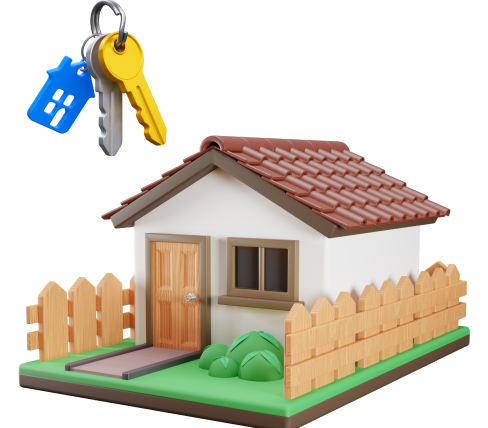America Needs More Walls for People to reside within, not to keep them out
Just a few years ago, there was a housing bubble that led to housing insecurity for many Americans. What are the barriers to housing security today?
The simple answer is there is not enough housing inventory available. The difficult question is how did this happen?
According to Freddie Mac, the federal agency that keeps money flowing to mortgage lenders, the two major reasons for the housing construction shortage is the increase in development costs and the shortage of skilled labor necessary to build new residential housing.
There is no short-term solution to these problems for the traditional housing market which includes single-family residences, apartment and condominium complexes. Tiny houses may be one answer to affordable housing for many who cannot afford a traditional home or are facing permanent housing insecurity.
Today's Tiny Houses
Tiny homes are defined as any structure less than 400 sq. ft. in area. They became part of the housing vocabulary when they were constructed and used as temporary shelter following the devastation of Hurricane Katrina.
Tiny houses were later employed to shelter the homeless in many cities across the United States. Given the lack of affordable housing due to the low inventory of available housing in most cities, these homes are now a popular trend. They are not only cheaper than traditional housing, they appeal to many who are seeking a more minimalist lifestyle in this ecology-minded age.
The Benefits of Tiny Houses
People living in New York City will find this an odd topic since the average apartment there can be even smaller than 400 sq. ft. However, for many of us used to more space, and in some cases, a lot more space, may find a list of benefits to living in a small space difficult to comprehend. There are definite benefits, though.
1. Less mess. Filling the space with stuff is not an option if you actually want to get around inside the home. You will buy less and save money.
2. Save cleaning time. Nothing to dust because there is no room for knick-knacks, few rooms and little floor space to sweep, mop or vacuum. There is also not much to put away to tidy up the place.
3. Savings. Utilities, property taxes and home maintenance costs are kept to a minimum. You'll save money on food because of the size of the refrigerator and pantry space.
4. Better quality of life. You'll have more money to pursue leisure activities. You won't feel burdened by material goods, high mortgage payments and save time with regular cleaning and home maintenance.
5. Eco-friendliness. Tiny homes are green homes because they use less energy, produce less waste and consume fewer resources due to all the products that tiny homeowners have no use for.
The Drawbacks of Tiny Houses
The most obvious drawback is the lack of space. You are now living in the same space normally granted to many closets and master bathrooms. This in itself presents problems for the uninitiated. There are other negatives that take some getting used to.
1. Need for organization. Disorganized people should stay away from tiny homes entirely. They would not be happy in one.
2. Entertaining is difficult. If you live in a climate with few warm days, you won't be able to entertain out of doors. This puts a crimp on your guest list.
3. Giving up treasures. You may have to give up prized possessions and heirlooms because of the small space.
Types of Tiny Houses
There are two types: one on wheels, legally considered a recreational vehicle (RV) and one on a foundation, legally considered an accessory dwelling unit (ADU). For the house on wheels, all you need do is register it as an RV in your state of residence. The ADU is a lot more complicated.
Zoning Restrictions on Tiny Houses
Zoning rules in most areas need to be changed to accommodate tiny houses (ADUs). Despite the growing popularity of tiny houses, most places will not allow them to be built for full-time living. Zoning laws and building codes generally demand a minimum size lot for new construction homes. The attempts to change those laws and codes have seen very slow progress if any.
However, there are a few cities that currently welcome tiny homes of the ADU type, so progress seems to being made in some areas, which gives tiny home advocates and contractors hope for the future.









